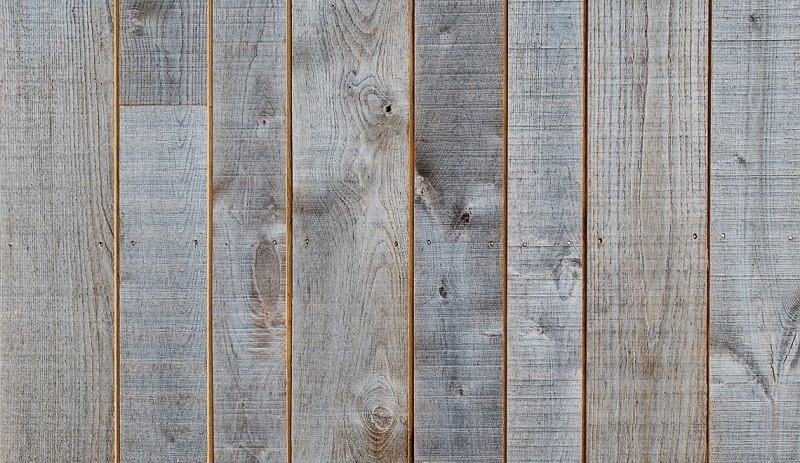Spotlight on Species: Chestnut
Published: 28/04/21 By: Mike Bekin
Botanical Name
While there are many types of chestnut trees including American, Asian, and European, we are going to be focusing on the Sweet Chestnut, as it is the most commonly used variety in timber construction projects.
The botanical name of the Sweet Chestnut, also referred to as Spanish Chestnut, is Castanea sativa.
The Genus Castanea is derived from ancient Greece, where they dedicated the tree to Zeus and named it after a town called Castonis.
Castanea sativa is a deciduous tree, a hardwood, and part of the Fagaceae flowering plants family which includes oak and beech.
Where Is Sweet Chestnut Found?
The Sweet Chestnut is native to Southern Europe, but can also be found within Western Asia and Northern Africa.
This tree is thought to have been introduced to the British Isles by the Romans, which is what has led to it being a prominent member of the UK’s forests.
What Does Sweet Chestnut Look Like?
This tree is capable of growing to heights of between 66ft – 115ft. The diameter of its trunk is often around 7ft.
The bark of the tree possesses a net-based pattern, also known as retiform. It is accompanied by deep furrows and fissures, which often form a spiral pattern along the trunk.
The trunk can often begin to grow branches at much lower heights than other trees – these are the knots you see in the timber.
Chestnuts can often live for between 500-600 years, but due to cultivation it is thought that some will manage to live upwards of 1000 years.
What Does The Timber Look Like?

The heartwood of Sweet Chestnut can differ with age. Younger ones will often have a light to medium brown colouration, but the older trees, while still being mostly brown, will take a red hue and be much darker.
The sapwood is quite narrow in Chestnuts. It still maintains a brown colour but with a pale white hue. It does not change based on age, like with the heartwood.
The grain of the timber can be quite varied; it can be straight, spiralled, or interlocked. Alongside this, it has a coarse and uneven texture.
What Variations Of Chestnut Exist?
There are many different types of Chestnut species. These include American Chestnut (Castanea dentata), Horse Chestnut (Aesculus hippocastanum), and Wormy Chestnut.
The Wormy Chestnut refers to several American Chestnuts that were killed by a fungi blight that was introduced in the 1900s.
This timber indicates American Chestnut that has suffered from this blight and that have been subjected to numerous insect attacks, leaving it with many holes. This death also drastically changed the colouration of the wood.
What Are The Properties Of Chestnut
Chestnut has a density of 560 kg/m3 and can be graded to strength class D30. In terms of its durability, it is rated as class two, marking it as very durable. Freshly sawn chestnut is often used in structural building as well as cladding, whereas dry chestnut is good for furniture and other indoor projects.
Despite being marked as a particularly durable wood when it comes to fending off rot, Chestnut is not very resistant to insect attacks.
Chestnut timber is relatively easy to work with both machines and hand tools. It can, however, split quite easily, meaning care must be taken when using nails or screws. Given the grain, turning can be difficult.
What Are The Main Uses Of Chestnut?
Chestnut is often used as an alternative to Oak, leading to its use as furniture and homeware. Outdoors, the most popular use of Chestnut is as decking and fencing.
Chestnut is also a popular choice for cladding, as well as for veneer and carvings.
Curiosity
The ‘Hundred-Horse Chestnut’, located in Sicily, is known to be the oldest living chestnut tree in the world. It is suspected to have lived for between 2000 – 4000 years. This is much longer than the average, and even longer than the modern predictions for newly-cultivated Chestnuts!
Image: dugdax / Shutterstock.com
